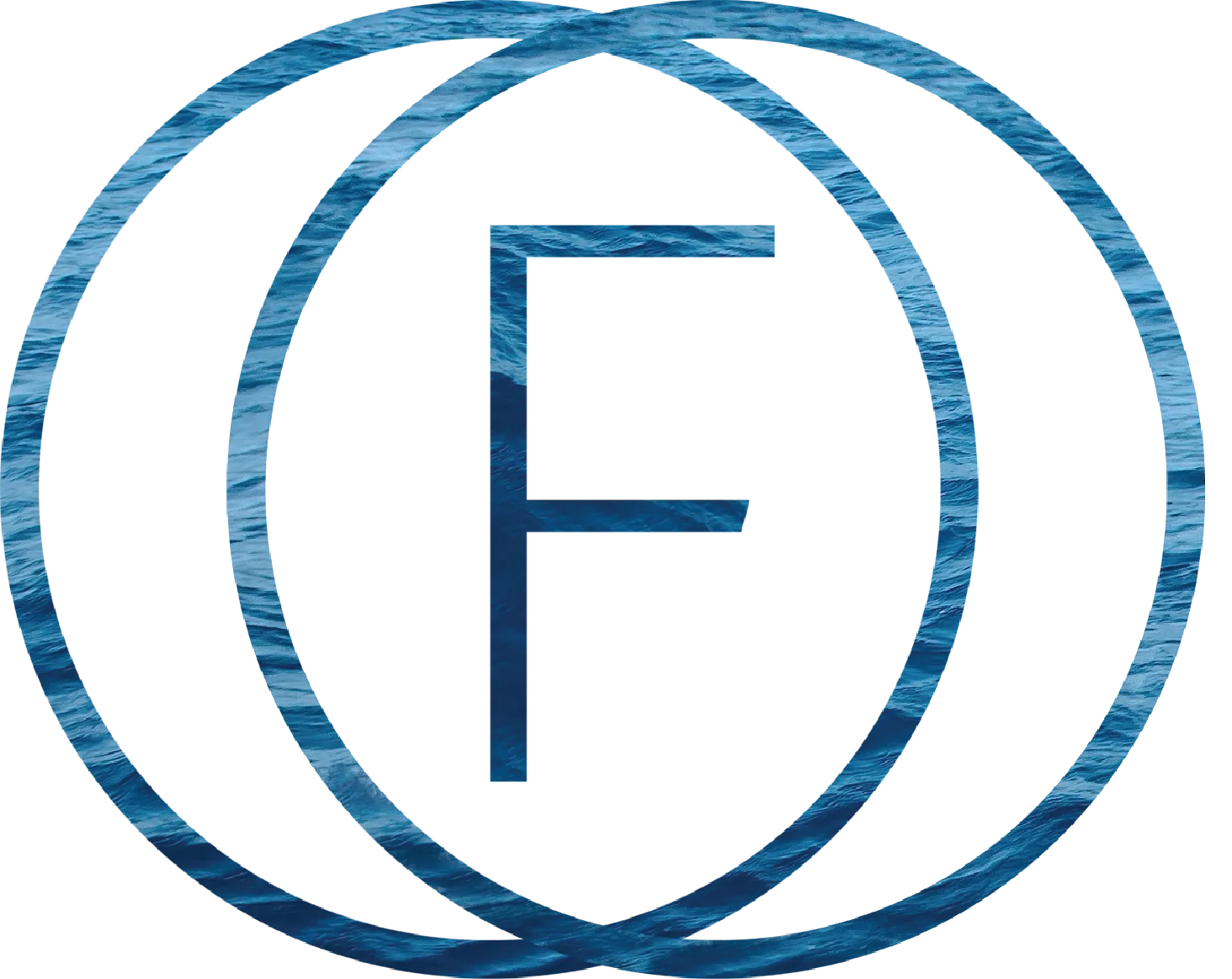
FOO 2017
Overview
The second meeting of an Australian Forum for Operational Oceanography (FOO) was held in Fremantle from 25-27 July 2017. Its purpose was to review progress of FOO since the first event in 2015, to assess present capabilities, engagement and needs, to explore uses and users of operational oceanography, and to focus on the ‘hot topic’ of marine extremes.
More broadly, the Forum aimed to foster more collaboration between the pillars of the Forum to align itself within the Australian National Innovation and Science Agenda, and to emphasise the importance of operational oceanography to
sustain and enhance the social, economic, and environmental benefits of Australia’s marine estate.

FOO 2017 was proudly supported by the following organisations

FOO 2017 Steering Committee
The overarching goal of the initial steering committee, outlined below, was to bring the FOO into existence, with a specific target of holding the inaugural Australian Forum for Operational Oceanography meeting in June 2015.
- Jan Flynn, Shell Australia (Co-Chair)
- Tim Moltmann, Integrated Marine Observing System (Co-Chair)
- Emma Sommerville, Integrated Marine Observing System
- Simon Foster, Fugro GEOS
- Martin Exel, Austral Fisheries/ Commonwealth Fisheries Association (CFA)
- Craig Longmuir, Australian Maritime Safety Authority (AMSA)
- Richard Brinkman, Australian Institute of Marine Science (AIMS)
- Andreas Schiller, Commonwealth Scientific & Industrial Research Organisation (CSIRO)
- Stuart Minchin, Geoscience Australia (GA)
- Barbra Parker, Department of Defence
- Steve Buchan, RPS MetOcean
- Louise Minty, Bureau of Meteorology (BoM)
Presentations
Theme 1 – The Australian Forum for Operational Oceanography
FOO Surface Currents Working Group – Key discussions and benefits
Perspectives from the FOO Surface Waves Working Group to support Australia’s operational oceanography activities
Solving many of the challenges facing our global oceans, while ensuring we can take advantage of the opportunities, requires a step change in collaboration and integration across the marine science community
Theme 2 – Assessing Present Capabilities and Needs
An unprecedented era of satellite measured wave data – opportunities for Australia
Improved performance of operational wave models at Australian coast
Collaborative approaches for swell affected operations on Australia’s North West Shelf
Weather: ships sail safely – port decision making with operational oceanographic forecasts
eSA-Marine – phase 1: the first step towards an operational now-cast/forecast ocean prediction system for Southern Australia
Near real-time atmosphere-ocean two-way nested system for west coast of Australia
Complex near-bed sedimentary dynamics in seasonally stratified waters control visibility for subsea engineering
Challenges and advances in predicting waves in the nearshore
The emergence of data-driven technologies for operational oceanographic applications
Maximising impact and value from marine observations – Modelling tools for network design
Theme 3 – Users and Uses of Operational Oceanography
Developing decision support tools for offshore and nearshore marine operations
The business of fishing in a changing ocean
National Energy Resources Australia (NERA) – technology and science activities
AMSA’s application of metocean models and awareness to support strategic and operational decision-making
Marine and Ocean Services in the Bureau of Meteorology – The importance of partnerships as we strengthen the value chain
Harmful algal bloom forecasting – can we do it?
Spatial management of fisheries in a changing ocean – using operational oceanography
SEA 2400 – next generation hydrographic capability for Australia
Theme 4 – Marine Extremes
Responding to the 2016 and 2017 mass coral bleaching events on the Great Barrier Reef: from observations to modelling.
Sub-surface intensification of marine heatwaves off southeastern Australia: the role of stratification and local winds
Improved tropical cyclone predictions for northwest Australia
Estimates of extreme water levels around Australia
Severe Tropical Cyclone Debbie: sea surface response
Marine heatwaves in northern Australia and new observations to improve their predictions
Looking Ahead
Operational ocean observing for offshore carbon capture and storage
Australia has a national advantage in ocean monitoring, with huge requirements and world leading science. Can we add industry and commercialisation to create a virtuous circle?
The National Innovation and Science Agenda meets a growing blue economy – ‘opportunity knocks’
Citing This Work
If you would like to use any of the above, please use the following information:
[author/s], presentation at the Forum for Operational Oceanography (25-27 July, 2017) Fremantle, Australia.
